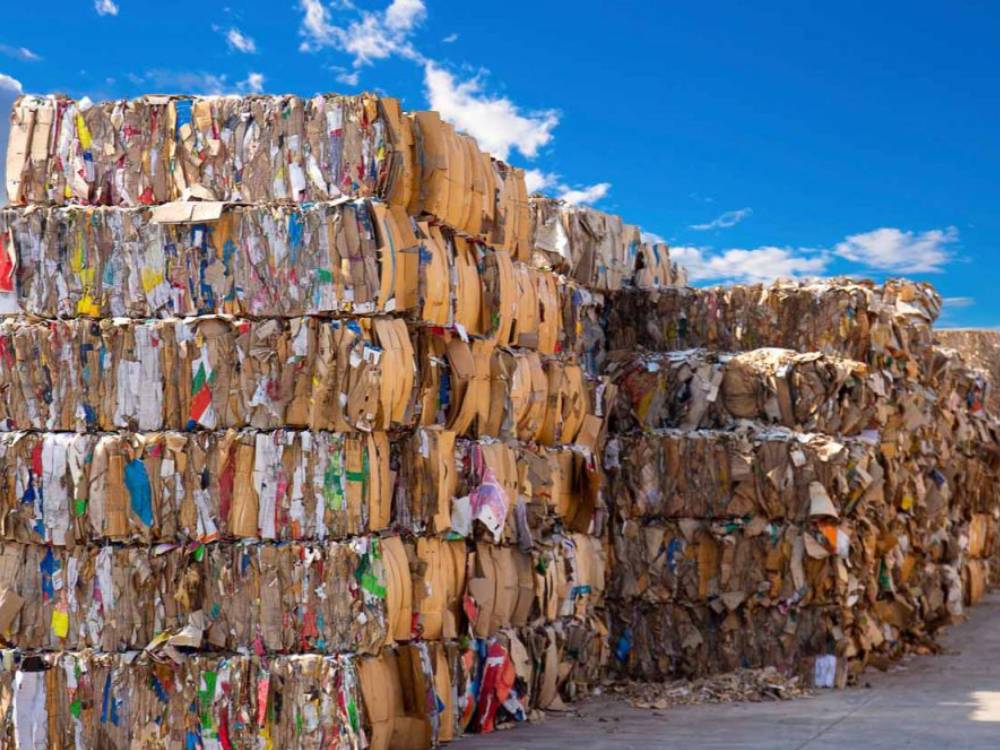









WPR is a critical component of sustainable waste management and resource conservation. Waste paper recycling is the process of converting paper waste into new paper products. It is a key component of the recycling process and helps to reduce the environmental impact of paper production.
At BMNS, we start with the first step in the recycling process i.e. the collection of waste paper. This is done through drop-off centers and business collection services. Different types of paper products are collected like cardboard, and mixed paper. They are compressed into bundles and transported to paper mills.
At paper mills, the waste paper is shredded into small pieces and mixed with water and chemicals to break down the paper fibers. This process creates a slurry or pulp. After several physical and chemical process, the pulp results into fresh paper sheet which is rolled into large reels. The large reels of paper are converted into end products such as printer paper, cardboard boxes, or newspapers. These products are then distributed to retailers and consumers.
Despite a lot of challenges due to market fluctuations due to demand and supply gap of recycled paper that affects the economics of recycling program, BMNS took this challenge by choice. Being sustainable measure into core values, BMNS conserves environment by recycling paper, reduces the need of virgin wood pulp thus conserves forests and biodiversity. Further, recycling diverts paper waste from landfills, reduce methane emissions and conserve landfill space. Paper manufactured from recycled paper is an energy efficient and less water polluting process in comparison to making paper from virgin pulp. Furthermore, recycling creates jobs in collection, sorting and processing it to the industries.